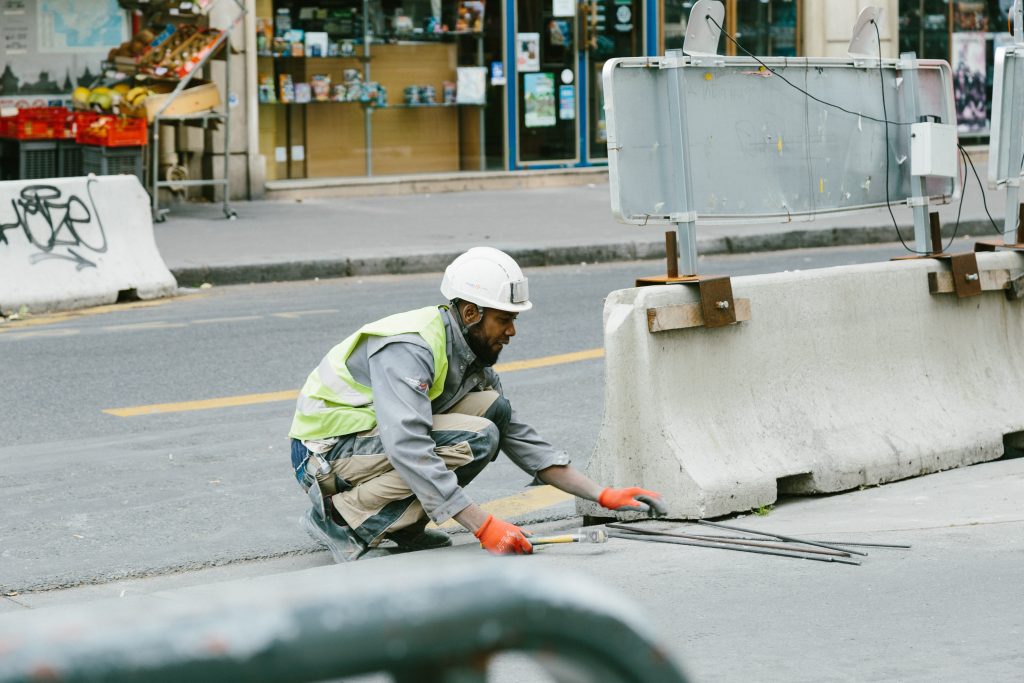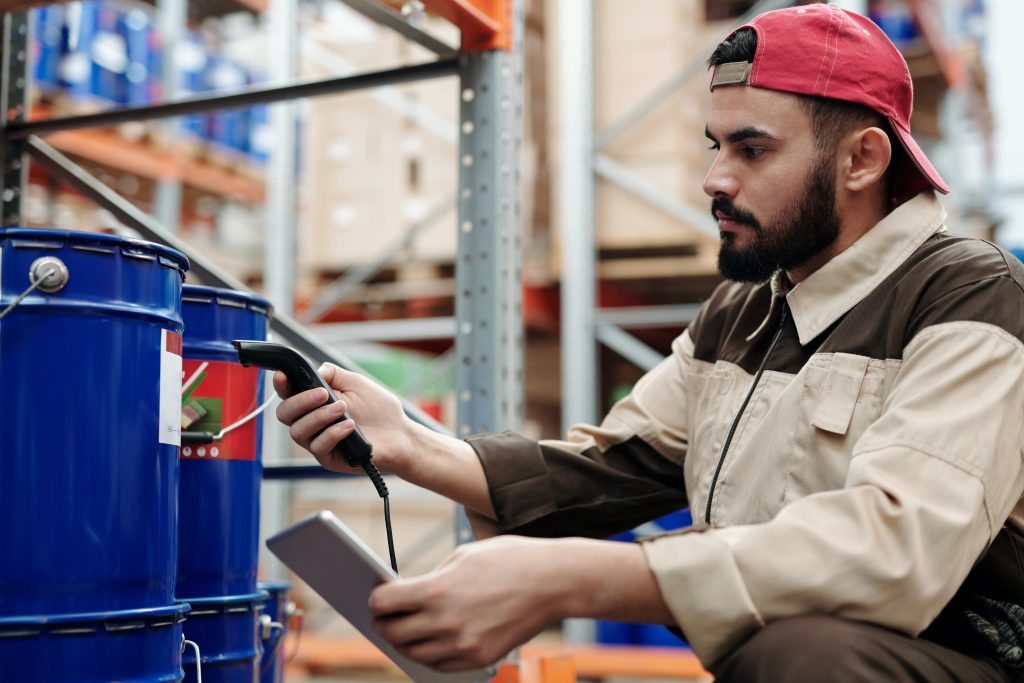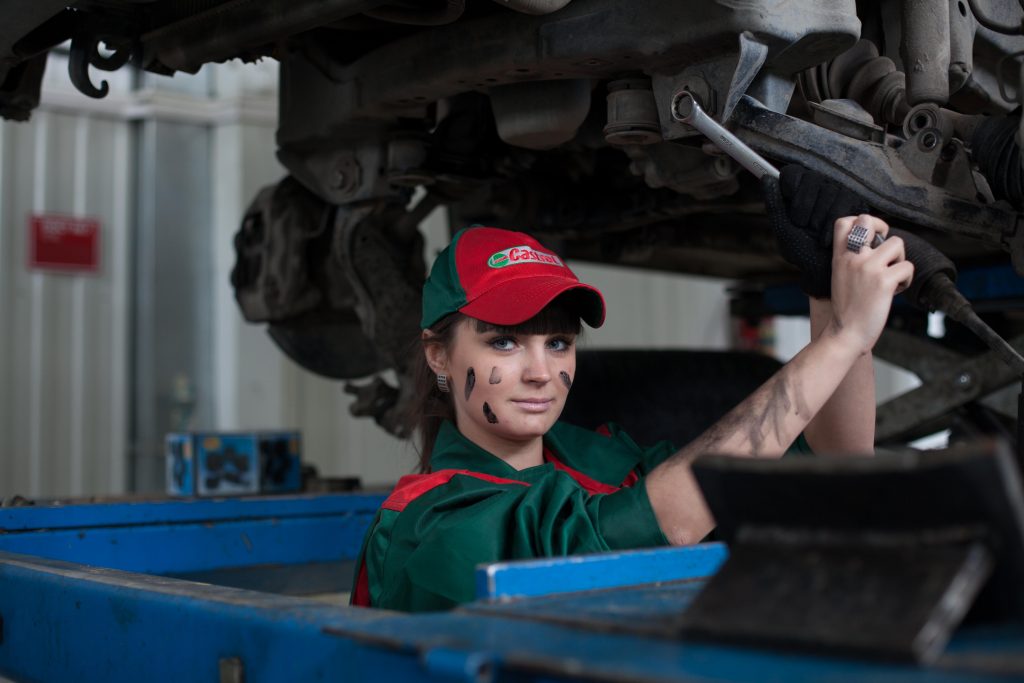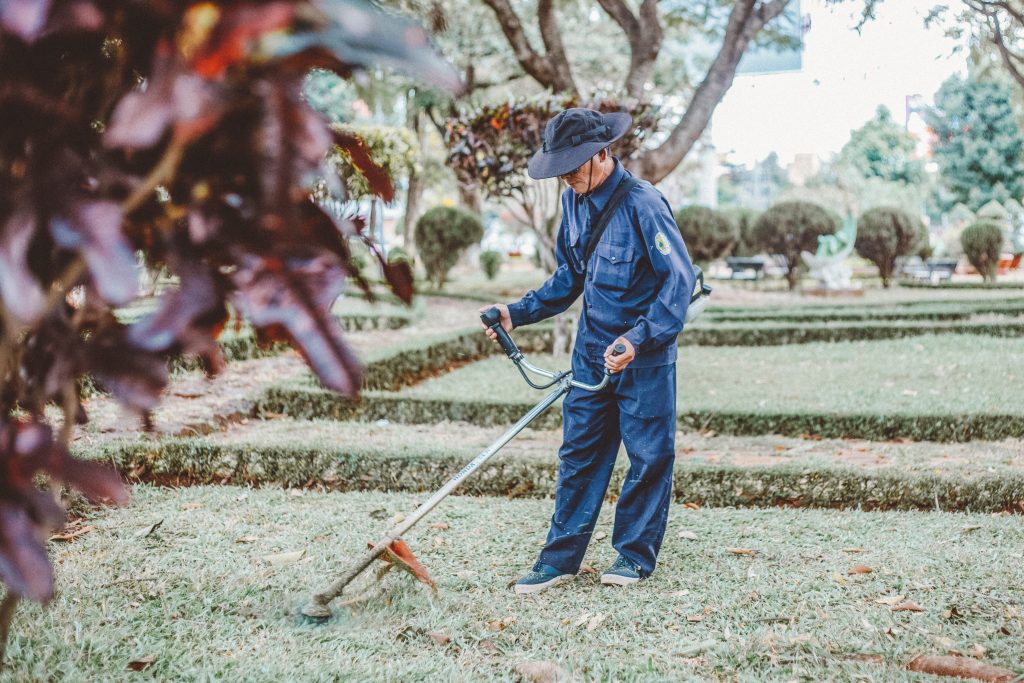Your spine is capable of enduring a lot of wear and tear throughout your day-to-day life. This wear and tear are usually caused by bending, compression, twisting, and other repetitive movements. This is why it’s so common to develop lower back pain. Unfortunately, back pain can have a great and negative impact on your life and can be difficult to treat. Your profession may also be placing you at an increased risk of lower back pain.
Keep reading to find out if your profession is increasing your risk and what can be done to minimize this risk.
What Causes Lower Back Pain?
Lower back pain has many potential causes, but the most common cause is the development of annular tears. What are annular tears? Annular tears are tears that develop within our spinal discs as a result of age and other factors. Just about every adult person has annular tears.
However, in some people, these annular tears cause pain while other people never know that they even have annular tears. Now let’s talk about why these tears only cause pain for some people.
While annular tears are what allow for pain to occur, the actual pain attributed to them is caused by leaking. This is known as Leaky Disc Syndrome™. When a person has Leaky Disc Syndrome™, the nucleus pulposus, the spinal disc’s inner gel-like substance, leaks out of the disc. When it comes into contact with spinal nerves surrounding the disc, it’s perceived as a foreign substance, and your body’s reaction is to fight back with inflammation and irritation. This is what causes lower back pain as well as degenerative disc disease pain, sciatica pain, and herniated disc pain (whether in the lower back or neck).
You should also know that the development of annular tears is most commonly caused by normal movements like bending forward (flexion) and twisting your spine (rotation). These movements put an increased amount of strain on your spinal discs, which leads to tearing. Unfortunately, some professions require these movements to be performed regularly, which is why they can put you at risk. Keep reading to find out if your profession is increasing your risk of lower back pain and what you can do to minimize your risk!
Professions That Increase Your Risk of Lower Back Pain
1. Construction
People who work in construction are at an increased risk of lower back pain because they’re required to perform many physically demanding tasks for multiple hours at a time. Repetitively performing motions like bending forward or twisting places a lot of strain on your spine, leading to the development of annular tears which can worsen over time. This profession also requires plenty of heavy lifting, and if you’re not using the correct lifting technique, you can easily damage your spinal discs. Construction workers are also at risk of falling and traumatic injuries are a common cause of annular tears.
It’s important to maintain proper posture in every task you are performing. This can limit muscle strains and back problems. When lifting heavy objects, this means strength from your legs to lift, keeping the object close to your torso as you lift, and avoiding twisting while carrying the heavy object. This also means getting help when you need it. If you are at risk of falling, make sure you’re properly harnessed and following all safety protocols to prevent serious injury. Talking to your doctor about wearing a back brace and wearing supportive shoes may also prove to be helpful in reducing back strain.

2. Landscaping
Landscaping is hard work, and it often requires you to be bent over, sitting or kneeling on the ground, or reaching above your head. All of these positions can be rough on the body and especially the spine. Try to take breaks or vary your movements when possible to prevent back pain and overuse injuries.
In addition to these movements, this profession also requires heavy lifting, similar to construction, so being mindful of your lifting technique is key. Speaking to your doctor about wearing a back brace, wearing supportive shoes, and being mindful of your movement will help reduce your risk of lower back pain.
3. Plumbers and Electricians
These two professions are critical to keeping any home or business in working order, but they often place workers in tight spaces, requiring awkward movements and body positioning. This is taxing on the spine and will increase your risk of lower back pain.
Try to position your body in a comfortable, stable position whenever possible. If you must place yourself in an awkward position, try to switch positions often to prevent unnecessary injury. As we mentioned, repetitively bending forward and twisting will also harm your spinal discs. If you must bend forward, don’t bend from your waist. Instead, bend from your hips, keeping your head straight and your torso parallel to the ground, like a table. The key here is to avoid rounding your back into the letter C, which is very harmful to your spine.
4. Healthcare
Being a healthcare professional is incredibly demanding in a variety of ways. Shifts are long and require you to be on your feet for hours at a time. Healthcare professionals are also required to lift and move patients and are bent over during many of the tasks they perform.
Be sure to use proper lifting techniques and ask for assistance whenever it is needed. Taking breaks when possible and maintaining good posture throughout your day will also decrease your risk of lower back pain. As with other professions in this list, you may want to consider a back brace, wear supportive shoes or insoles, and keep a safe bending technique in mind.
5. Warehouse & Distribution
Working in a warehouse is a physically demanding job. This type of work often involves pulling, pushing, and lifting heavy and awkward loads. These repetitive motions can wear down your body, straining your spine and increasing your risk of lower back pain.
Be sure to practice good lifting techniques by keeping your back straight and lifting with your legs. You should also not hesitate to ask for help if an object is too heavy for you to lift on your own. Wearing proper gloves will help improve your grip, and supportive shoes and a back brace will help support your lower back. Remembering to avoid rounding your back when you bend down will also protect you from back pain.

6. Janitors
Janitors are required to perform a variety of different tasks, including sweeping, mopping, cleaning bathrooms, picking up trash, and more. All of these tasks require different movements, and over time they can wear down the spine and increase your risk of lower back pain.
It’s important to have good body alignment when performing these tasks and to break them up so that you aren’t stuck in the same position for long periods of time, especially if that position is putting stress on your spine. However, wearing the right equipment like a back brace and supportive shoes will also protect your spine. You’ll also want to keep in mind that you want to twist your body as little as possible or avoid it altogether. In addition to this, remember to bend from your hips rather than your waist and keep your spine straight.
7. Factory Workers
If you work in a factory, you’re forced to spend hours completing the same movements and tasks over and over. This repetitiveness can result in muscle fatigue and weakness throughout the body. These issues can cause compression and place unnecessary strain on your back.
A spinal injury can arise from poor posture, shoulder straining, and improper bending or lifting technique. When possible, focus on maintaining proper posture, lifting with the correct technique, and bending without rounding your back. Of course, a back brace and supportive shoes will also help lower your risk of lower back pain.
8. Office Workers
If you sit at a desk for 40 hours a week, you have a high risk of lower back pain. It’s important to maintain proper posture, sitting upright with your shoulders back and your head in a neutral position to avoid potential issues. Get more tips for protecting your spine when you work from a desk here as well as tips for choosing the right chair here.
9. Auto Mechanics
Mechanics are forced into a variety of positions each and every day. Working your way under a car, reaching up and around various parts, and positioning your body to fix certain issues can be very stressful on your spine due to the bending, twisting, and arching of the back.
One of the best ways to prevent back injury is to limit positions that avoid bending forward or twisting your spine as much as possible and to try to keep your body as close as possible to the part of the car you’re working on. In addition to this, remember to use proper lifting techniques when picking up heavy objects, or get help if you need it. By doing this, you can maximize spinal stability and limit your risk of lower back pain.

10. Drivers
If you drive long distances for your job, you are forced to sit for long periods of time for multiple days in a row each week. Sitting can place your entire spine in a stressful position, leading to spinal disc damage and an increased risk of lower back pain. Truckers are also often required to load or unload their trucks, and as we’ve mentioned, lifting can be very hard on your spine.
Try to take regular breaks when driving and focus on maintaining proper posture while sitting. Also, make sure to use proper lifting techniques when loading or unloading the truck to prevent injury.
How Dr. Pauza’s Discseel® Procedure Can Help
While these tips will help you minimize your risk of lower back pain, you may still end up damaging your spinal discs and developing annular tears that could lead to leaking and pain. If you are living with debilitating lower back pain caused by degenerative disc disease, sciatica, or a herniated disc, Dr. Pauza has practices in both Texas and Florida and is here to help!
If you’re not familiar with Dr. Pauza’s Discseel® Procedure, it’s a non-surgical, minimally invasive treatment for back or neck pain caused by annular tears (which is the case for most back or neck pain). It treats annular tears by sealing torn spinal discs and encouraging your spinal discs to grow new tissue, completing the healing process.
If you’re ready to stop living with back or neck pain, apply for the Discseel® Procedure today and find out if you’re a candidate!


